Ah, game night, a peaceful evening with family and friends and … Hitler?
Yeah, prepare yourself for a lot of yelling with this one. There’s nothing else quite like a board game night that is full of deceit, politics and secret agendas.
The game Secret Hitler takes us back to pre-WII Germany where German politicians are trying to rise to power and take control of a fragile government.
It’s your job as the good guys to stop the rising power of fascism. Unless, of course, you’re one of the bad guys.
What is Secret Hitler?
Secret Hitler is a social deduction party game. It plays 5-10 people and takes about 45 minutes to play. Here, I’ll guide you through how to play with a few tips and tricks along the way.
This game is geared for adult players, recommended for ages 17 and up.
It was funded with a Kickstarter campaign and gained a lot of popularity with a wide range of gamers.
In fact, it’s often been my go-to game when we have a game night with the right number of people, which I think is about 7-8 players for best results.

The name of the game in Secret Hitler, how to win
People play on two teams, liberals vs fascists.
If you’re on the liberal team, you want to pass five liberal policies or defeat Hitler to win the game. Liberal players will succeed by sniffing out who among them are secret fascists.
If you’re on the fascist team, you want to pass six fascist policies or elect the secret Hitler as Chancellor, after three fascist policies are already on the board.
Don’t celebrate too early if Hitler is elected Chancellor in the first round of the game. I’ve seen it happen before.

Game set up
First of all, determine your player count to figure out how many roles you will need. This will also dictate (fascist jokes) which board you will use. In a game with more players, fascists will gain more available powers.
Here’s a quick reference chart for the number of players and respective role cards, according to the rule book:
| Number of players | 5 | 6 | 7 | 8 | 9 | 10 |
| Liberals | 3 | 4 | 4 | 5 | 5 | 6 |
| Fascists | 1 + Hitler | 1 + Hitler | 2 + Hitler | 2 + Hitler | 3 + Hitler | 3 + Hitler |
Stack the envelopes with a party membership card, a secret role card and two voting cards (yes/no).
The secret role card and the membership card will be identical for everyone except for Hitler. For example, both will either say “Fascist” or both will say “Liberal”. However, Hitler’s set will say “Hitler” for the secret role card.
Basically, players will be either liberal or fascist, and one of the fascists will also be Hitler.
Why the extra card? Secret Hitler has an investigation mechanic that will allow players to peek at a membership card. This is meant to show whether the player is liberal or fascist, but it will not reveal whether or not that player is Hitler.
Once players receive their envelopes, they will look at them secretly.
In games with 5-6 players, fascists will all know who Hitler is and vice versa.
When there are 7-10 players, Hitler will not know who his fellow fascists are.
It’s more fun when Hitler doesn’t know who his other teammates are, so whenever possible, I like to play with at least 7 players.
Get the app for easy moderation
There’s a companion app that goes along with the game that will help narrate these instructions for you, which is very user-friendly and easy to use.
Visit secrethitler.com/app to play with setup moderation.

How to play Secret Hiter, start of the game
To start the game, fascists will need to learn who they are working with.
The rule book offers a script for your chosen moderator.
Note: Moderators can still be a player, he or she just needs to keep their eyes closed.
In a 5-6 player game, everyone closes their eyes. Fascists and Hitler will open their eyes, acknowledge each other, and Hitler will raise his thumb.
In a 7-10 player game, everyone closes their eyes. Fascists, and not Hitler, will open their eyes, acknowledge each other, and Hitler will raise his thumb while keeping his eyes closed.
If anything goes wrong during this phase, you will need to discuss and redistribute the envelopes or else it will ruin your game.
Set the boards on the table and set the election marker on the bottom of the track. Place shuffled policy cards in the draw pile and then you may begin.
Players randomly choose a President at the beginning of the game.
I usually make the first Presidential candidate someone who is familiar with the game, when possible.
Game phases of each round
The President will choose a Chancellor and hand the Chancellor placard to another player. The President is free to discuss why they choose this player.
Then, all players vote, even the elected officials. Count down from three, and players all reveal their voting card at once.
If the vote fails, (majority of players or tie), the President placard moves clockwise and the election tracker moves up.
If the vote passes, the President draws three policies, looks at them, and discards one.
The two remaining policies are passed to a Chancellor. The Chancellor looks at them, discards one face down and enacts the other.
There should be no talking during the legislative session. After the policy is placed on either the fascist track or the liberal track, players may discuss the policy.
A President and Chancellor may claim they had no choice, or they may be in disagreement if one of them is lying. They may also be helping each other lie.
It’s your job to determine who is telling the truth and who is being deceitful.
The Presidency placard moves clockwise to the next player to start the next round. Game play continues until there is a winner.
When the game ends in Secret Hitler
When six fascist policies are on the board, fascists win. If five liberal policies are on the board, liberals win.
Alternatively, if Hitler is eliminated from the game, liberals win.
If Hitler is elected Chancellor after there are already three fascist policies on the board, fascists win.
Remember, the vote must pass and Hitler must be elected, not just nominated.
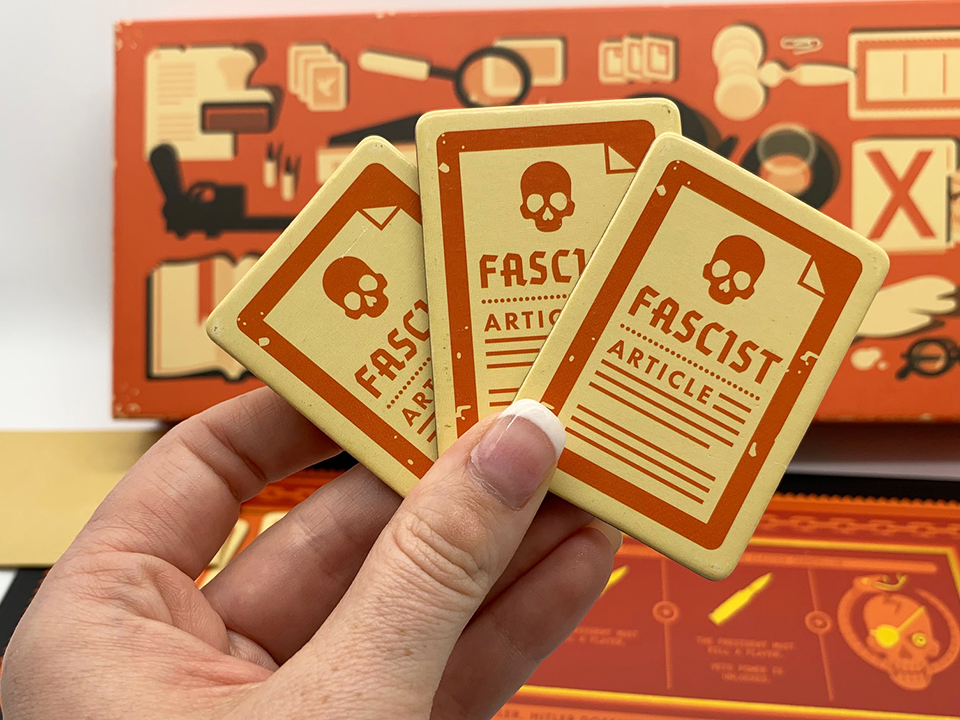
Eligibility of elected officials
The last elected President and Chancellor are not eligible to be nominated as the Chancellor candidate.
These limits only affect Chancellorship.
This mechanic encourages players to pass around the Chancellor role, and it also makes things more difficult for liberals when they are trying to be careful not to elect the secret Hitler.
Why the election tracker matters in Secret Hitler
Some may strategize to keep failing the vote if there are some trust issues in your group.
However, if the people keep rejecting the government, chaos ensues.
If the tracker reaches the last spot, immediately reveal the policy on top of the policy deck and enact it. Any new power granted by this policy is ignored, but the election marker and the limits reset.
There are more fascist policies in your deck, so this can also be a strategy for fascist players. Still, it’s a risky move.
At any time, if there are fewer than three policy tiles remain in the deck, reshuffle the discard deck into the policy deck, keeping the existing policy cards on top.

Special rules, events and Presidential powers
Fascist policies are powerful. You may notice the fascist board has text written on some of the placement tracks in foil.
Whenever a policy is enacted on either a fascist track area has a power, the current President is granted that single-use power. It must be used before the next round begins.
You’ll notice there are no special powers on the liberal side. No one said it was easy being the good guy.
The President must use this power no matter which party they are affiliated with.
If you’re a liberal player and you think you know who Hitler is, you may choose to purposefully enact a fascist policy for the power to eliminate that power and (hopefully) win the game. But if you’re wrong, you may accidentally help the fascists instead.
Veto power
The veto power is a special condition that can happen after five fascist policies are enacted.
After five policies, the executive branch gains a new permanent ability to discard all three policy tiles if both Chancellor and President agree.
The board will note when the veto power is unlocked.
When a player is eliminated
Remember, eliminated players do not talk.
In your last words, you may only say whether or not you were Hitler. If an eliminated player is Hitler, liberals win.
Ways to ruin the game
In my experience, players can ruin the game by not playing correctly or using a strategy that does not make any sense.
No one should be outwardly fascist. This is a bad strategy.
The only exception is if a player wants to accept the heat in a larger game to take suspicion off of Hitler, but this is a risky move. You can also purposefully play fascist cards to gain power, but again, this can be risky if you do not play it well.
There is no reason that a liberal player should ever outwardly pretend to be fascist. When in doubt, always lean liberal in this game.
How to be Hitler in Secret Hitler
Again, the best fascist players pretend to be liberal. If you’re Hitler, you want to be the most liberal you can be. That’s pretty much the name of the game.
People deceive others into thinking you’re on the side of the good guys. If you’re playing in a large group, look for clues from your fellow fascists.
They may be trying to elect you into power, or they may be lying on your behalf.
Remember, you want to be elected Chancellor and win the trust of your people. This is the easiest way to win on the fascist side.
Read Also: Best board games for college students, top 8 ranked

When you can lie, and when you can’t
You can lie at pretty much any point in the game, which is why it’s a social deduction game.
For example, if you discard a liberal policy when you are President, you can tell everyone that you drew all fascist cards.
Notably, if a player eliminates you from the game, you are only able to say whether or not you were Hitler. At this point, you cannot lie because it will determine whether or not the game ends.
But, you do not reveal which team you were on.
It is simply, “Were you Hitler?” Followed by a yes or a no. This applies when there are already three fascist policies on the board.
Sadly, players do not always gain a lot of information when liberal policies are passed in the beginning of the game, especially if the players are seasoned and know how to play. It’s important not to draw conclusions too quickly.
Read Also: Best party board games for adults: 15 fun new ideas [2022]
Is Secret Hitler a good game?
In short, yeah, it’s a good game. I always enjoy introducing people to this one. I ordered my copy of Secret Hitler years ago, and it’s still one that I bring with me to a game night with a larger group of people.
Ideally, it’s best to play with at least 7 players, because I find that a game with 5-6 people will get old fairly quickly.
Also, there’s usually a lot of yelling and arguing with this game, so it’s not one to add to your collection if you’re looking for something more relaxing.
The game is currently available on Amazon for $35.
Have you played this board game? What did you think? Let me know in the comments below.


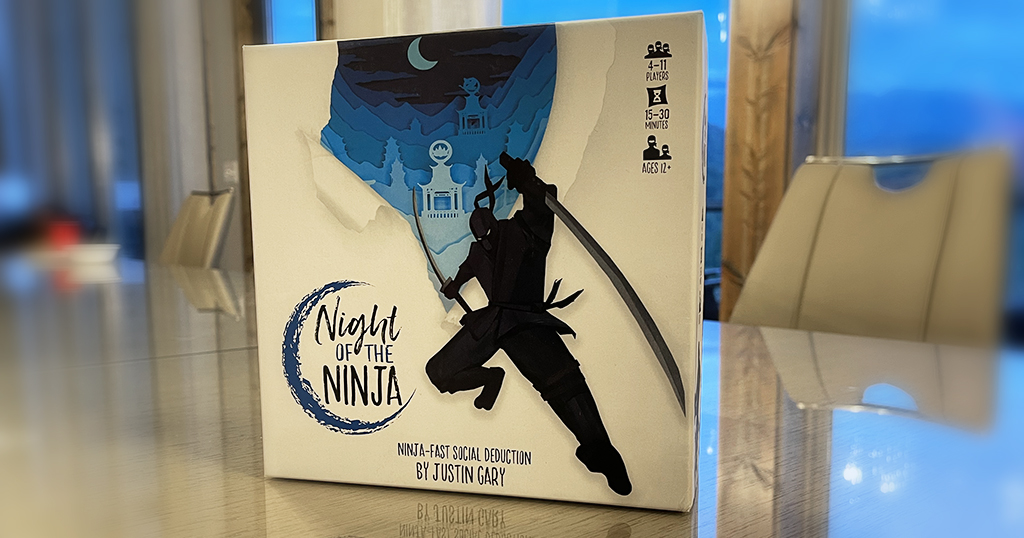
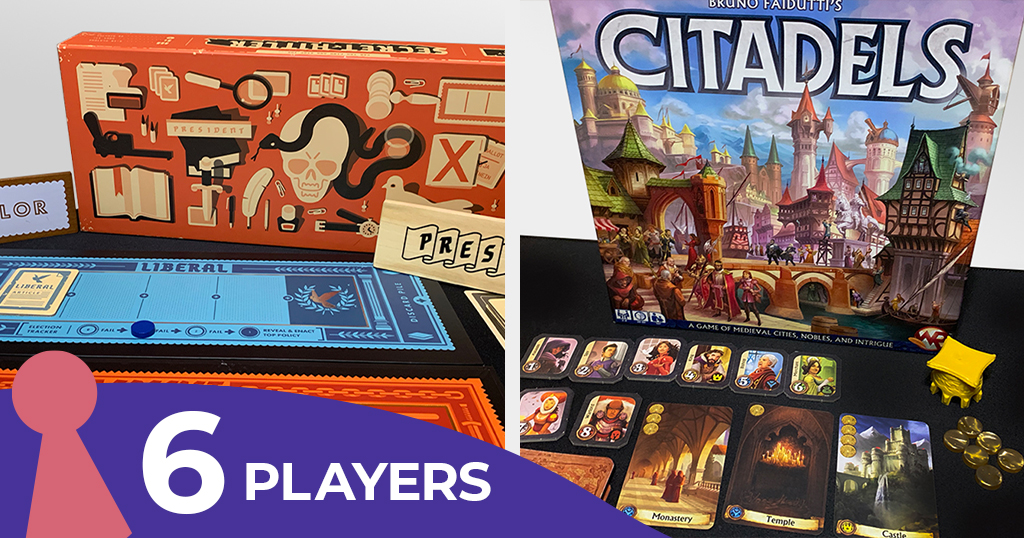

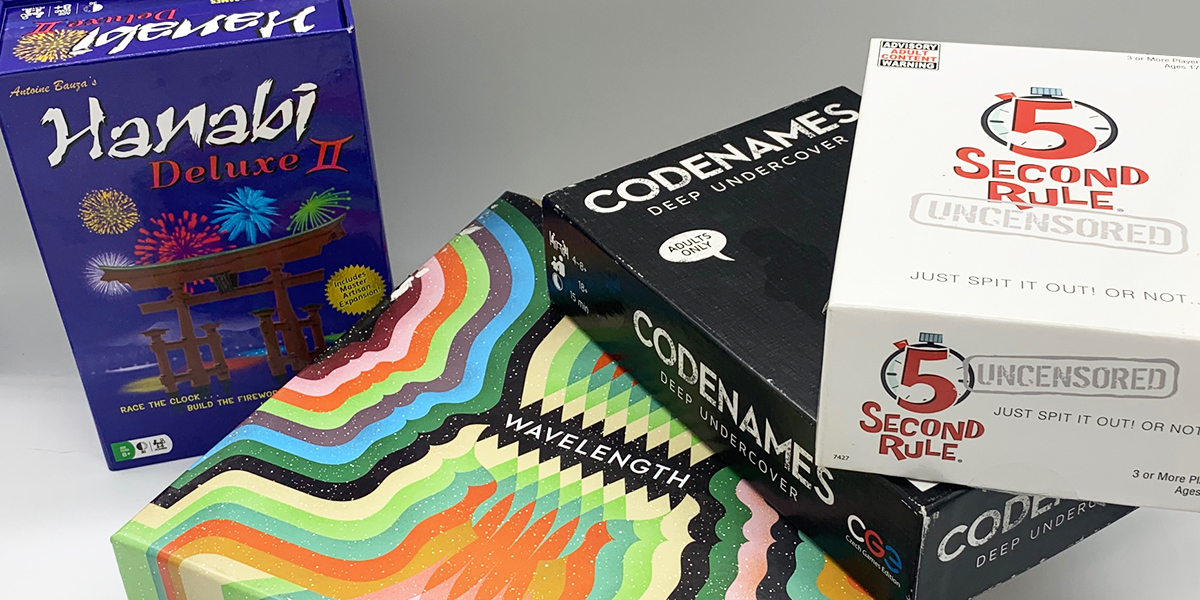
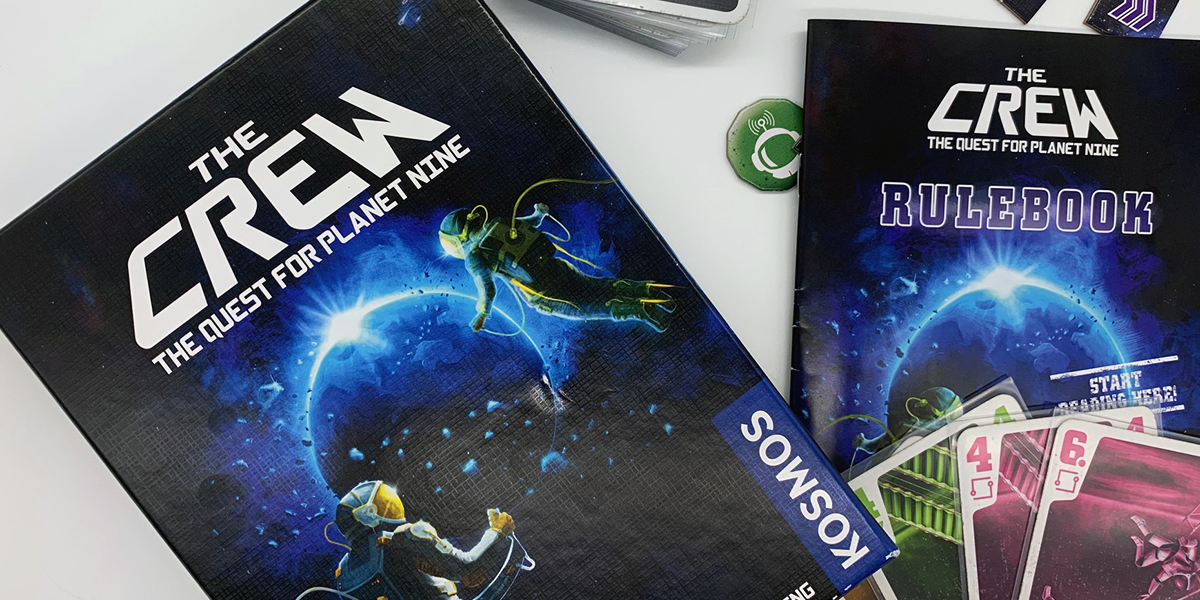
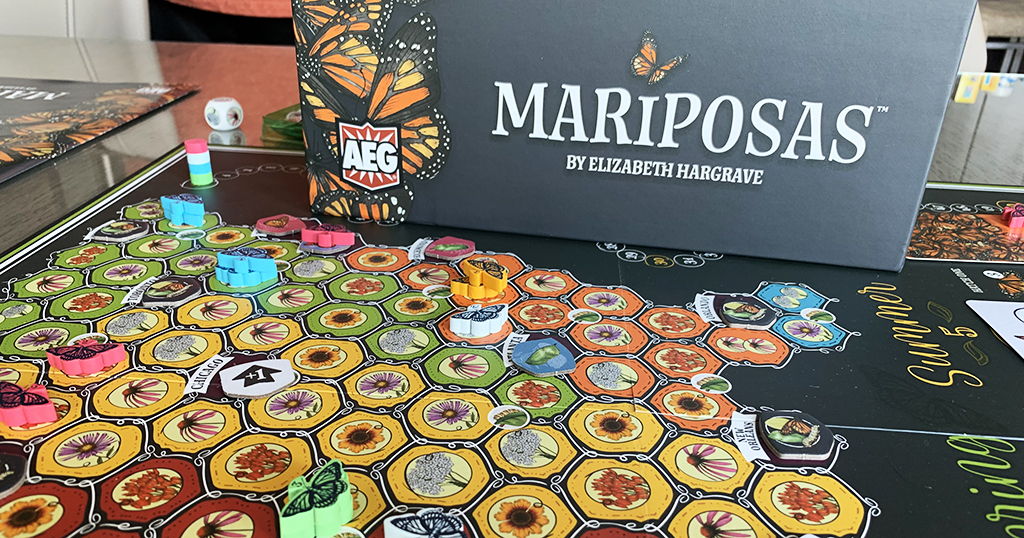



![Best Party Board Games for Adults: 15 Fun New Ideas [2023] Friends playing a card game together](https://boardgamechick.com/wp-content/uploads/2022/03/AdobeStock_Party-Games-adults.jpeg)